6. The Ox-Bow Incident (1942)
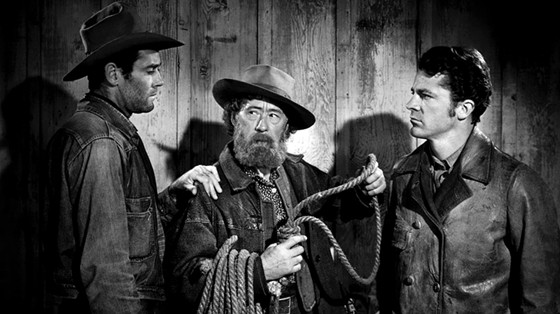
The Ox-Bow Incident probably has more things in common with a movie like 12 Angry Men than it does with any of the films featured in this list — one could say it’s nothing but a courtroom drama disguised as a conventional western. Similarly to Lumet’s ageless classic, it masterfully explores the prejudices and biases that clouds people’s judgement when retribution is the lone and ultimate goal in mind. Instead of a dozen men in a juror room, the movie puts us in the shoes of a posse of vengeful townspeople on the hunt for elusive fugitives who supposedly robbed and killed a local rancher.
Ox-Bow is a sharp indictment on the morally-rotten principles of mob rule and lynching when civilized institutions and justice are nowhere to be found. Vengeance starts as a noble endeavor carried out by brave men, who soon show their true colors as clueless savages forever doomed to carry the burden of their mistakes.
During an interview with the BFI, Eastwood cited Wellman’s morality play as one of his three favorite movies of all time and considered it to be a great example of a movie originally panned upon release but which has stood the test of time and experienced a newfound appreciation. As he recalls during an interview, Clint was surprised when the director of the movie confessed to him that the studio heads and producers hated the film at its first screening and dismissed it as a B film. Not until it reached French territory that some critics found value in “what it had to say about capital punishment, mob violence and justice”, but when Americans began to see its qualities too it was too late and was taken out of distribution.
“I hope people see it again with a different eye, in the U.S. as well as elsewhere”, stated Eastwood.
7. High Noon (1952)
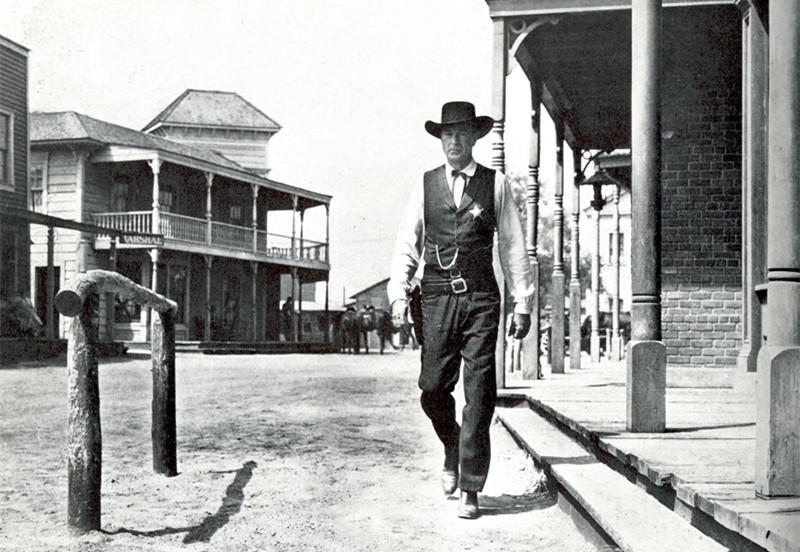
A seasoned sheriff is on the verge of turning in his badge for good and riding off into the sunset with his newly wedded wife when suddenly word goes around town that a big-time outlaw and his crew are about to pay him a visit. When it comes to this list, High Noon is the closest thing to a nail-biting thriller — one that gets under your skin by sheer suspense and build-up rather than intricate set pieces or a bombastic climax. The premise is straightforward enough — everybody knows what’s coming — it’s a matter of when.
There’s a thread of relatability and frailty with the character of the old-time sheriff compared to the usual young buck that comes to save the day in most westerns. Seeing a grizzled Gary Cooper reluctantly take up the hero’s mantle one last time is not unlike seeing Eastwood in any of his late career movies — a vigilante that’s closer in age to a retirement home than to your average Hollywood star.
Cooper happens to be one of Clint’s favorite actors, one he claims shared a ‘mysterioso quality’ with actors like Henry Fonda that “made you wonder what they were thinking, you couldn’t never be quite sure with them”.
Arguably no movie owes more to High Noon than Eastwood’s High Plains Drifter. The director claims he wanted to explore High Noon’s premise even further and liked the irony of doing a stylized version of what happens if the sheriff was killed and “symbolically came back as some avenging angel or diabolic being”, leaving the audience to draw their own conclusions.
8. Run for Cover (1955)
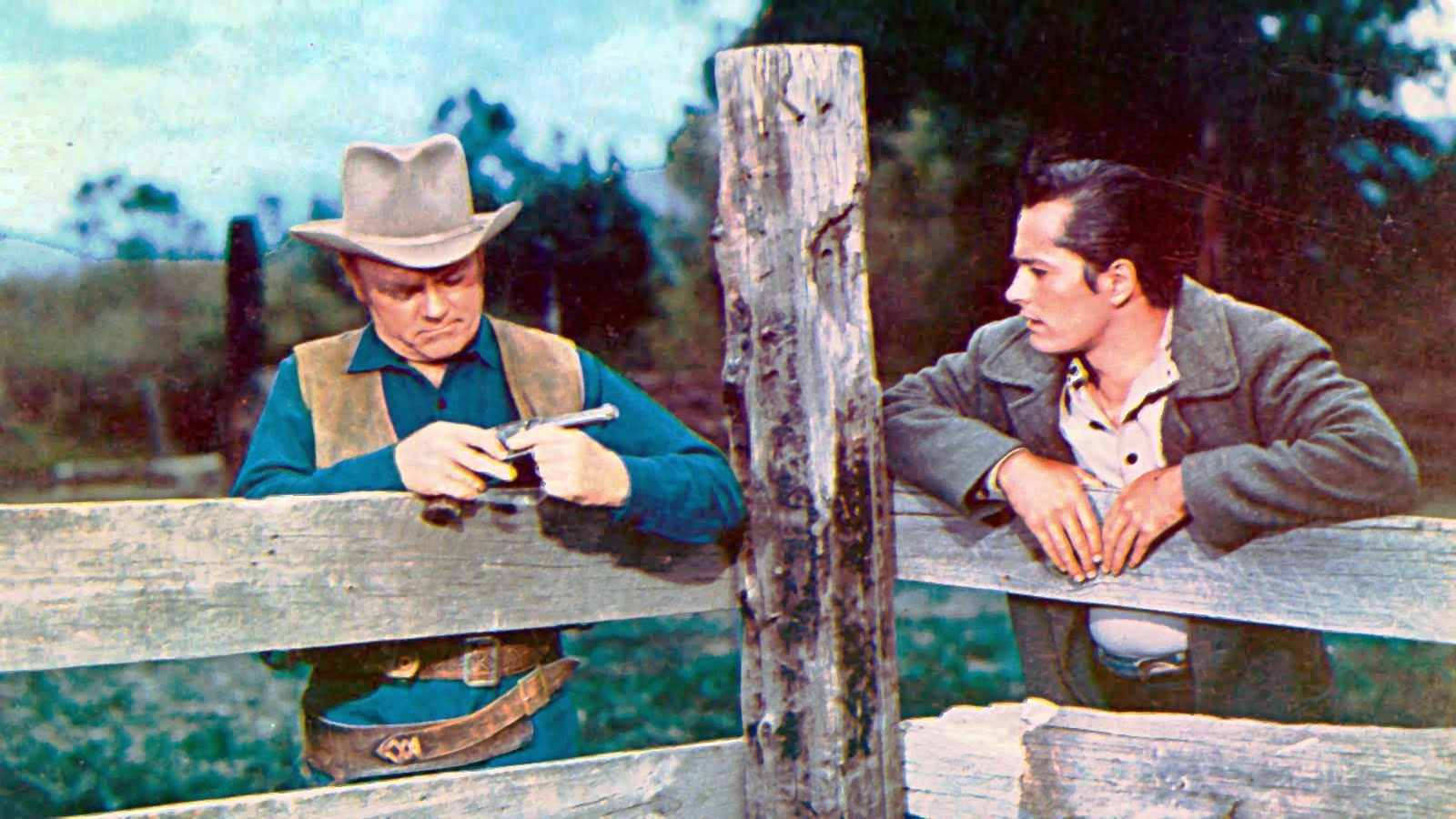
Growing up as a young actor in California, Eastwood’s favorite actor — one he worshipped even more than the Fondas and Bogarts of the time — was the ever-charming James Cagney. During an interview in 2005, Eastwood admitted that his favorite actor was, in a sense, an opposite of himself. In this movie, an over-the-hill Cagney still managed to bring out all his charm as Matt Dow — a man who just escaped from prison for a crime he didn’t commit only to become the town’s sheriff.
Eastwood holds him in high regard, citing him as one of the most iconic actors to have ever worked for Warner Bros. — the other being Humphrey Bogart — praising him as part of a generation of actors who “were not afraid to get involved in projects outside the norm”. As he puts it, Cagney “could commit the worst horrors onscreen — he seemed to be ready for anything and laughed at what the public thought”.
Eastwood would pay homage to his idol in Dirty Harry during a scene where he’s eating a hot dog in a shootout, emulating Cagney simultaneously eating a chicken leg and blasting a guy in a trunk of a car in White Heat. “Yeah, that was a steal”, he conceded to Entertainment Weekly.
9. McCabe & Mrs. Miller (1971)
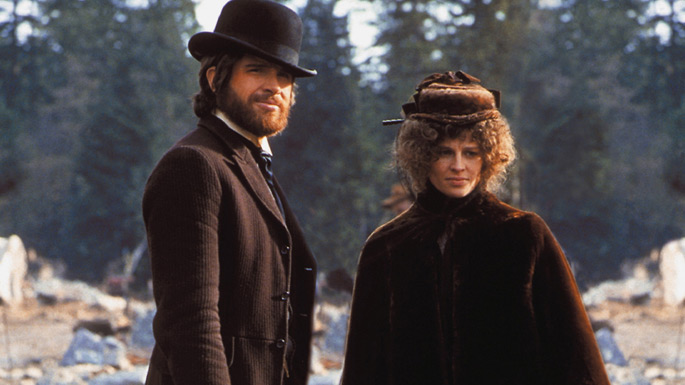
One defining trait of Clint Eastwood is that no matter how polarizing or controversial his takes are, he’s not one to bow down to anyone — including audiences. That has gifted him with an array of arduous critics, especially when you consider how outspoken he is politically and otherwise. Another filmmaker who repeatedly stirred up audiences, producers and anyone in-between was the great Robert Altman — a maverick who evaded conventionality like the plague.
Absolutely nothing was off the charts with Altman — be it degenerate gamblers, rebellious whores or wisecracking war medics — he captured them all with a realistic style deliberately designed to challenge, mock and even ridicule our preconceptions about film. Just as he revolutionized the noir with The Long Goodbye, Altman tackled the western by disregarding every rule and trope that has come to define it.
Gone are the long desert vistas, the sheriffs, Indians, cowboy hats or heroic men. This movie is set in the snowy Washington State, where brothels and casinos are the essence of civilization and a main character (McCabe) who’s continuously outsmarted by his female business partner (Ms. Miller). Enter Altman’s signature overlapping dialogue, morally ambiguous antiheroes and razor-sharp commentary and you have a poignant portrait of the American dream — and how shallow and dehumanizing it can be.
10. Once Upon a Time in the West (1968)
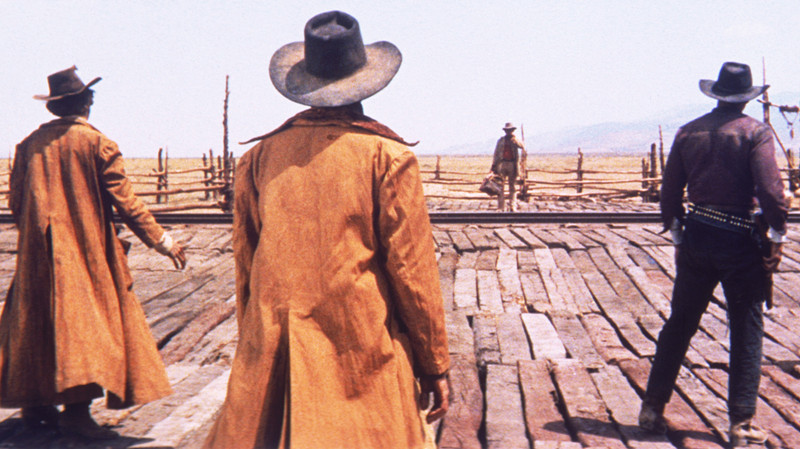
Simply put, there’s no Clint Eastwood without Sergio Leone, and no Sergio Leone without Clint Eastwood. When these two joined forces, they redefined the genre. One brought to life a Wild West unlike anything seen in the big screen before it —harsh, crooked and yet mythical and majestic. The other added infinite charisma and an unrivaled screen presence as the ultimate laconic antihero.
But nothing good lasts forever, and both legends parted ways prematurely after The Good, the Bad and the Ugly. Neither would reach such heights again in their careers — although Leone came awfully close with Once Upon a Time in the West. Eastwood was offered the main role for the movie, but weary of being typecast — and aching to work for the big studios at Hollywood — declined it.
This put a sour end to one of the most fruitful partnerships in cinema history and also iced their personal relationship for over two decades. “As much as I enjoyed Sergio — and it was a great time in my life — it was time for something else.” The two wouldn’t bury the hatchet until 1988 — only months prior to Leone’s death — when the Italian invited Clint over for dinner while he was promoting his latest movie in Italy.
Eastwood has come around nowadays and has nothing but appreciation for his former collaborator, praising Leone’s “unique way of making things feel important”. “When he built up to an action scene, it’s pow! Exciting and then it’s back to being leisurely.” Outside of the Dollars trilogy they created together, this might very well be the next best thing.